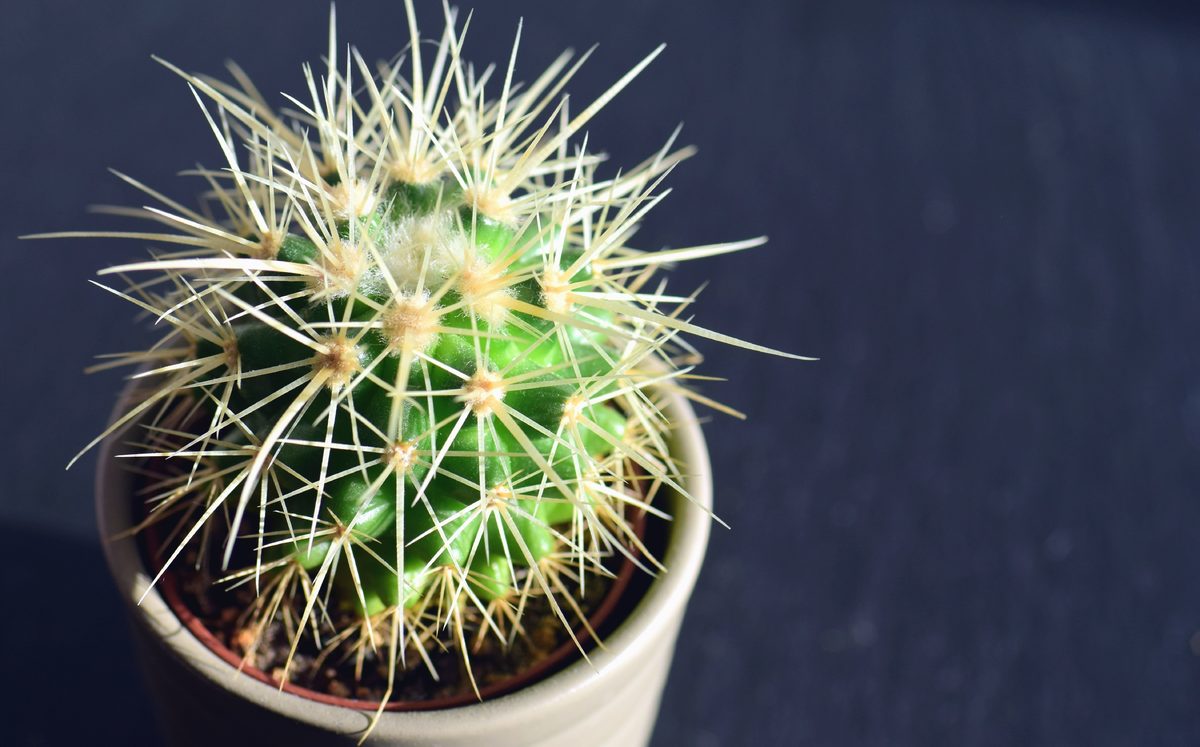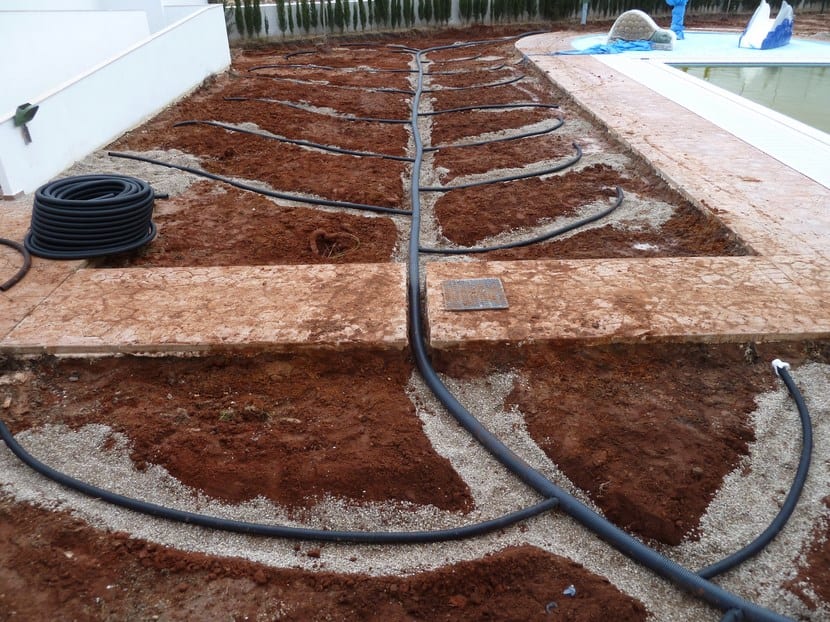
Cacti are generally slow growing plants, which is why transplantation is done every two years or more. But when the time comes to do it, there are those who may worry, especially if it is a species characterized by strong and sharp spines capable of causing wounds to human skin.
Can anything be done to make the task easier and safer? The truth is that yes; so that If you do not want to suffer any damage when it comes to planting cacti, take note of what we will tell you next.
When can you plant cacti?

Image - Wikimedia / Diegoarielvega
To know the answer to that question, you have to ask yourself another: where do cacti originate from? Yes, yes, knowing the climate of the place where they grow wild we can get an idea of when we can plant them, either in the garden or in a larger pot. Thus, it should be known that the Cactaceae or cacti are native plants of America, where they live in arid regions. There, temperatures can often exceed 40ºC, which added to the scarcity of water makes the growth rate quite slow.
When transplanting a plant, it is very important not to manipulate its roots too much, otherwise they could be injured, something that could weaken it. For this reason, the transplant is carried out when it is leaving its season of less activity, which in the case of cacti coincides with the arrival of spring. As soon as the temperatures begin to rise above 15ºC, the risk that they will have problems to overcome the transplant is very, very lowAs long as it's done right, of course.
But, apart from the temperature, it is also necessary to bear in mind that it is not recommended to remove them from the pot if they have not rooted. You must make sure that roots are growing out of the drainage holes and / or that they have filled the entire container. This way, the root ball or root loaf will not crumble.
How to plant cactus step by step?

Materials
If your cacti, like the monkey's tail, they need more space and the weather conditions are adequate, first of all you have to prepare what you are going to use:
- Gloves: if the plant is small (for example, if it is in a 5,5cm diameter pot) they can be gardening gloves normal, but if it is larger we recommend welding gloves that protect the hands more.
- Water: after each transplant it should be watered.
To plant it in a larger container
When it is necessary to transplant it to a larger pot, in addition to the above, the following will be used:
- Flower pot: it does not matter if it is made of plastic or clay, although in the latter the roots have a better grip and the plant therefore takes root more easily. But it is necessary that it have holes in its base so that the water can escape.
- Substratum: it must be mineral. A very advisable one is the pumice (for sale here), but fine construction gravel (1-3mm thick) would also be worth it, yes, mixed with 30% black peat.
To plant them in the garden
Do you have large cacti that you want to plant in the garden? If so, you will use this in addition to the above:
- Azada: with it you will make the hole.
- Clays expanded and mineral substrate: If the soil is very compact, you will have to add a layer of expanded clay and then pumice or another mineral substrate to improve drainage.

Step by step
Potted planting

To plant cacti in a larger pot, we advise following this step by step:
Choose a bigger pot
The flower pot It must be about 4-5 centimeters in diameter and deeper than the previous one. Likewise, and as we mentioned before, it is essential that it have holes in its base to prevent the roots from rotting.
Fill it with substrate
Now you have to fill it with mineral substrate, up to a little less than half. In order not to miss more, you have to take into account the height of your 'old' pot, and think that it should not be too low or too high. The ideal is that the surface of the root ball is 0,5-1cm below the edge of the pot.
Remove the cactus and place it in the new pot
The next step is to remove the cactus from the pot. Be careful when doing it. If necessary, lay it on a flat, dry surface and remove it from the container with a little pressure with your fingers.. Then, insert it into the new one, placing it in the center.
Finish filling
Lastly, You will only have to finish filling with mineral substrate, and water.
Planting in the garden

Would you like to have cacti planted in the garden? If so, follow this step by step:
Make the planting hole
First of all, you have to dig the hole of at least 50 x 50cm (although it is better if it is 1m x 1m). Do it in a place where the cactus can grow well, developing normally. If it is going to be large, avoid putting it in front of other small plants.
Fill it with substrate
Now, you should fill it with a not very thick layer of clay balls, especially if the soil is very compact in which case the layer should be at least 20 centimeters. Then, fill it with mineral substrate (pumice, akadama, ...) until a little less than half.
Remove the cactus from the pot
Y do it carefully. Wrap it in cardboard if it is very large, and gently lay it on the ground next to the hole. Then you can remove it from the pot.
Stick it in the hole
Once it is out, insert it into the planting hole. If you see that it is high or low, remove or add more mineral substrate until the soil or root ball bread is slightly below the surface of the soil.
Finish filling and water
The last step is finish filling the hole with mineral substrate, water ... and start enjoying of the cactus. Remove the cardboard if you have put it on, and you're done.
We hope it has been useful to you 🙂.